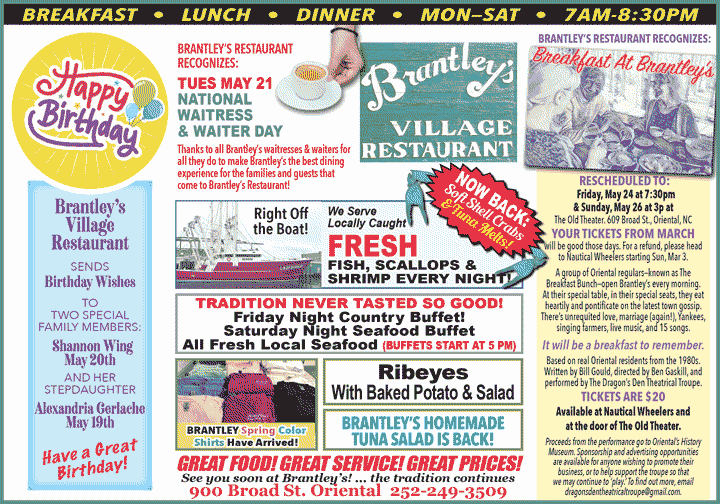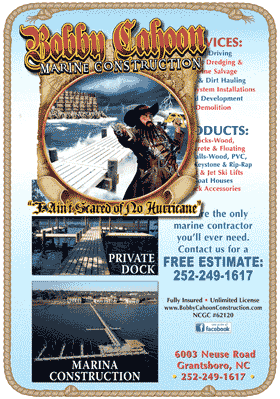A look back at Lenin’s original ‘Comintern’ spy agency
Carter’s foreign policy mistake of ‘incalculable proportions’
By Dexter Liu | News Analysis

Editor’s note: The son of a former Taiwanese diplomat to the USA, Mr. Liu has invaluable insights and expertise. We are indebted to him for his fascinating report..
The White House was in damage control when questioned about House Speaker Nancy Pelosi’s plans to visit Taiwan. Their initial responses were mixed and confusing.
Was Biden telling Pelosi not to go because the Pentagon had publicly stated it would be provocative and unwise? The news drew immediate condemnation by the Chinese Communist Party (CCP), which responded with a threat of possible military action insisting the Speaker’s trip would be a violation of their sovereignty.
Since 1949, Communist China has claimed that Taiwan is a rogue province they intend to take back. Admiral John Kirby on behalf of the White House attempted to defuse the situation by restating US-China policy and provided reassurance that America does not support Taiwan as an independent sovereign nation, despite our bi-lateral relationship with the island state.
That was not enough, however, to quell hostile rhetoric from the Chinese Ambassador to the US when Pelosi eventually landed in Taipei.
So why is the China versus Taiwan situation so tenuous that a foreign relations blunder by us could potentially ignite a Third World War? To understand this complex geo-political time bomb, we must look back into the history of the Twentieth Century – in that part of the world beginning with the Bolshevik Revolution of 1917.
Communism originated in Soviet Russia with the successful overthrow of the Czar by the Bolsheviks. Shortly after taking power, Vladimir Lenin, Russia’s Communist Party Chairman, created a spy agency called the “Comintern” (Communist International) with a stated mission of spreading Communism worldwide. The agency would infiltrate and recruit insurgents from within the nations targeted in order to cultivate revolution from within to eventually turn that nation Communist.
As early as 1918, Lenin’s spies were dispatched around the world to establish Communist party insurgencies in many western democratic nations including the United States, Great Britain, France, Germany, Italy, Greece and Turkey. China, Russia’s closest neighbor (China) was likewise infiltrated by the Comintern on Lenin’s orders. Russian delegations were sent as diplomatic missions, but worked secretly with members of the Comintern dispatched to strategic locations throughout China. They recruited agitators, university professors, malcontents, saboteurs – all to subvert the Nationalist government in power at the time – the Republic of China (a democratic republic, first established after the overthrow of the last imperial dynasty).
The Comintern trained and funded their army of recruits from all the regions where they’ve been activated. Many traveled to Soviet Russia for training in how to generate effective propaganda. In China, the Comintern sent emissaries into major cities, bought newspapers, set up printing plants, produced Communist propaganda to distribute as early as 1918 beginning the process of subverting the sitting government and building an insurgency that would eventually become the Chinese Communist Party.
During the Japanese invasion, the Communists took advantage and pretended to fight for China but instead actively sabotaged the Nationalists’ effort to defend against the Japanese occupation. The Nationalists recognized the threat thus a civil war ensued against the Communists. This was at the end of the World War II when President Truman sent General George C. Marshall to intervene, calling for a ceasefire in an attempt to broker a peaceful resolution to the civil war.
America’s fog of war, against both Japan and the ascending Communists, inadvertently gave the Communists the upper hand, enabling them to escape the Nationalist’s army, regroup and with Soviet Union’s financial and military support eventually succeeded in forcing the Nationalists to take refuge on Taiwan, where they remain today.
History does not look kindly on America’s role in permitting the CCP’s successful occupation of mainland China. The Nationalists, led by Chiang Kai-Shek, fought for eight long years against the Japanese invasion while simultaneously fighting an internal uprising instigated by Soviet Russia.
Battle worn and out of options, Chiang looked desperately to America for aid to suppress the Communist insurgency. Instead, Truman’s China policy turned its back on Chiang’s democratic China, insisting that he first get his house in order before US aid would arrive.

A former medical missionary in China (1925-1931), Republican Congressman Walter H. Judd of Minnesota (1943-1962) said in an interview regarding Truman’s prerequisite: “It took 50 years for Georgia to recover from one year under Sherman, and yet we expect Chiang Kai-Shek to come out from eight years of invasion and occupation by the Japanese and be streamlined overnight!”
Meanwhile Truman sent General Marshal to broker a “power sharing peace deal” with the Communists. The irony of history is that the Truman Doctrine, which stated, “It must be the policy of the United States to support free peoples who are resisting attempted subjugation by armed minorities or by outside pressures,” it was successful in keeping post WWII Western Europe free of communist tyranny. Yet in China, President Truman insisted that a democratic government under siege by armed Communist rebels (funded and aided militarily by an outsider – Soviet Russia) must share power with the Communists to keep peace.
Again, Congressman Judd’s comments on Truman’s China policy: “Truman did the exact opposite in Asia (compared to Europe). He tried to appease Communism. He sent [General George C.] Marshall to China to tell the Chinese we wouldn’t help them unless they took the Communists into their government.”
It was a FOREIGN POLICY BLUNDER! In fact, for the past 73 years the Chinese Communist Party has committed a long list of crimes against Humanity (and continues to do so), dwarfing Adolf Hitler’s genocidal reign of terror. The tragic part of Truman’s legacy few will speak about is that this Communist superpower is now America’s most dangerous and powerful geo-political foe.
Despite the occupation of Mainland China by the Communists, the United States did remain steadfast in its support of the Republic of China on Taiwan and in fact signed a “Mutual Defense Treaty Between the Republic of China and the United States of America” in 1954. The agreement pledged mutual support to defend the South China Sea where the US Navy maintained a significant presence throughout the Cold War.
Fast forward to 1971 and Richard Nixon’s “Ping Pong Diplomacy” with China that began the softening of decades of Cold War aggression with the Communist. Nixon paved the way towards normalizing relations with Mainland China recognizing that in a post-Vietnam War world it would be a step in the right direction towards a more peaceful world to have China modernize and join the world community as a responsible global citizen.
Eight years later President Jimmy Carter signed a Joint Communique for the United States to officially recognize the “People’s Republic of China” as the sole legal government of China. That policy shift in 1979 put the United States, Communist China and Taiwan into a nebulous foreign policy nightmare for 43 years. At that time, China was no match militarily or economically with the United States. They had little leverage yet they insisted that the Joint Communique include the “One China” policy provision in which the CCP alone is the legitimate government of all of China (including Taiwan). It remains a mystery why President Carter signed away America’s leverage to insist on guaranteed peace between China and Taiwan with the stroke of the pen.
By signing the Joint Communique, Jimmy Carter also tore up the Mutual Defense Treaty Between the Republic of China (Taiwan) and the United States in essence throwing Taiwan ‘under the bus’ despite the tiny nation’s decades long partnership with American values and human rights.
The present relationship between Taiwan and America remains nebulous and confusing. It defied the implementation of any concrete or functional policy nuance that would not trigger controversial diplomatic challenges with China. It existed only as a “wink-wink nod-nod” policy, if you could even call it that.!!
What America’s recognition of the CCP did was also to permit Communist China to be seated as one of five permanent members of the United Nations Security Council. The International prestige now goes to the CCP. International recognition of their one China policy has enabled the deployment of China’s global ambitions while simultaneously creating problems both in economic and diplomatic access to numerous countries for Taiwan.
History has shown that agreeing to China’s terms in Carter’s Joint Communique was an enormous mistake in hindsight, but why did the Carter Administration recognize the People’s Republic of China as the sole legitimate government of China agreeing to their “One China Policy” with no provisions to protect Taiwan?
In the 1970s, China was virtually bankrupt economically and militarily – no match for the United States. The “One China Policy” on their terms was not something America needed to agree to. This single prerequisite gave us the nebulous relationship we now have with Taiwan and has been the root cause of the most contentious problems we have with China.
Whether Jimmy Carter was played by the Chinese Communist Party or not is up to future historians to decipher. There is no doubt, however, that America’s turning its back to Taiwan in 1979 as a legitimate option for a free state of Chinese people, was a mistake in foreign policy of incalculable proportions.
This error that has painted us into a corner with the potential now of triggering a Third World War. Given all that has transpired and with so much at stake, we must all pray that our leadership (current and future) shall be guided by wisdom in defending freedom and to maintain world peace. President Reagan had projected his doctrine of “peace through strength” and we had succeeded in ending the Cold War freeing millions and putting the world on a much more positive path towards world peace. Perhaps that remains a model for us? We must put our faith in the Almighty, so God willing, America’s history of keeping despotic aggressors at bay continues with His Blessing.

Dexter is a frequent contributor to the County Compass.
















































